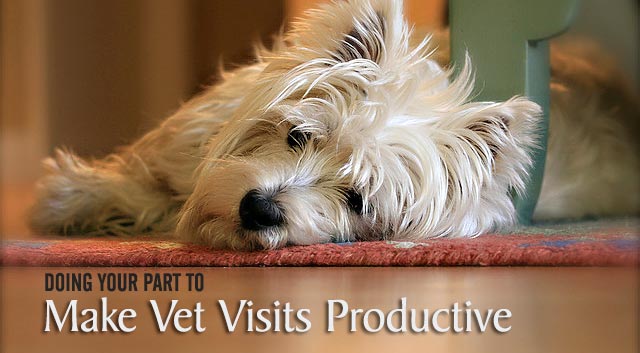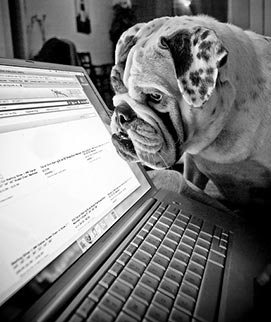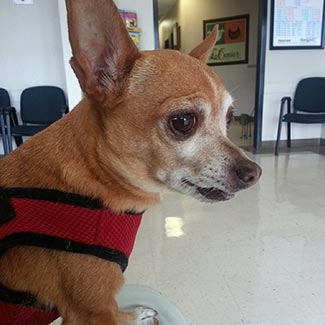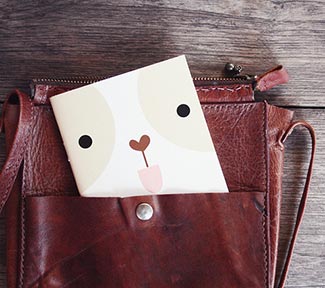Have you ever been disappointed after taking your dog to the vet? Maybe you felt like you didn’t get the level of care you expected or you were confused about a diagnosis or treatment plan. Maybe your concerns weren’t fully acknowledged or addressed.
A few months ago I wrote 10 Ways to Find a Good Vet for Your Dog but that’s only half of the equation. You and your vet work as a team to keep your dog happy and healthy so today’s post addresses your role in helping to make vet visits productive. Check out the following tips to find out what you can do before, during and after your appointment to ensure you’re making the most of your pup’s next visit to the vet.
9 Things to Do Before Your Visit
1. Keep a Medical Journal
Let’s face it, there are a lot of things we need to keep track of these days and it’s easy to forget what and when certain treatments or vaccinations were given. Download a smartphone app or buy a cute, little notebook to record a medical journal for your pup. Update it each time you visit the vet and add any health related notes that come up between vet visits. Take it along with you during appointments and you’ll have the information at your fingertips if it’s needed.
2. Use Common Sense When Researching on the Internet
I’m a big believer of being informed and knowledgeable about health related issues that might affect Haley, but I’m also cautious about taking advice or using the internet to diagnose ailments. Always keep an open mind and consider your vet to be your ally and partner in keeping your dog healthy.
3. Make an Appointment
Trust your gut instinct instead of waiting until your dog is really sick before heading to the vet. Don’t drop in without an appointment unless it’s an emergency and even then, try to call ahead to let them know you’re coming. If you have several issues to discuss during your visit, try to make an early morning appointment since some offices may run behind schedule late in the day.
4. Make a List of Questions
Have you ever left the vet’s office then realized you forgot to bring something up? It’s easy to get distracted while trying to keep your dog calm and talk to the vet so don’t feel silly about making and referring to a list of questions and concerns.
5. Perform a Physical Exam
I once found a lump on Haley the very next day after a vet appointment to aspirate a different lump. I now inspect her regularly and before every appointment just in case there’s something else that needs to be checked out. Also, monitor and note any changes in behavior that could point to a medical problem so you can relay that information to your vet.
6. What to Take (and not take) Along.
Make sure you remember your medical journal, any requested specimens (urine, stool samples, etc.) and maybe a few treats to reward your pup when the exam is over. Don’t have someone else take your dog unless they know all of your dog’s health details and can answer questions and approve treatment. Also, don’t try to sneak in extra pets for an exam unless they have an appointment too.
7. Arrive On Time
This should be common sense and common courtesy but many vets complain about clients being late and putting them behind schedule. Arriving late might mean your dog’s time with the vet could be cut short as well as clients that are scheduled after your appointment. Be considerate of the vet, staff and other clients by arriving on time.
8. Keep Your Pup Under Control
While waiting to see the vet, be considerate of other people and their pets by keeping your pup close to you and under your control. Avoid stressing out other pets that could be ill or injured by giving them plenty of space.
9. Relax
Vet visits can be stressful for you and your pet. Just walking into the office makes some pets tremble with fear and there’s a good chance you might be stressed about your pup’s health, as well as how much the treatment might cost. Since dogs often pick up on our energy, try to stay calm. I know it’s not always easy, but taking a few deep breaths can really help.
4 Things to Do During Your Visit
1. Be Present
Everyone’s time is valuable so make the most of your visit by giving your vet your full attention. It’s hard to believe, but some people actually answer or talk on their cell phones during an appointment. Turn off or ignore your phone and make your dog’s health a priority.
2. Be Clear
You know your dog best and your vet relies on you to clearly communicate symptoms, concerns and other relevant information about your pup. Refer to your notes if you have multiple issues and be clear about your expectations, whether medical or financial.
3. Be Honest
Fibbing or stretching the truth about things that affect your dog’s health can be harmful and can prevent your dog from getting proper treatment. Be honest, even if it might be embarrassing. Also, be sure to let your vet and staff members know if your dog has been aggressive in the past.
4. Ask Questions
If you’re confused about something or are unsure about the suggested treatment, be sure to speak up. Veterinarians would rather you ask than have you walk away confused or walk away in search of a new vet. Don’t hesitate to ask your vet to repeat something you didn’t hear clearly, it’s better to be safe than sorry.
4 Things to Do After Your Visit
1. Reward Your Pup
The moment Haley steps outside the exam room, she shakes it off, her tail starts wagging and she looks at me with a huge “Whew, it’s over!” grin, then she gets lots of praise and those treats I brought along.
2. Take Care of Business
It’s probably not your favorite part of the visit, but while paying your bill you’ll also receive any needed medication and additional instructions. This is a good time to ask any last minute questions and pick up specimen bottles if you need to bring in a urine or stool sample during your next visit.
3. Update Your Medical Journal
Remember that cute, little journal I mentioned? When you get home, update it with the date and details of the appointment along with any observations or additional information. It’s good to do this right away while everything is still fresh in your mind.
4. Follow Through
Follow your vet’s instructions or schedule for giving medication and don’t be afraid to call the office if you have any questions or concerns after your appointment. If your vet mentioned your pup needs to lose a few pounds or exercise more, make the effort and follow through to keep your dog fit and healthy.
Remember, you have a big role in helping to make vet visits productive. By working as a partner with your vet, you can ensure the best quality of care and improve the overall health of your dog. Now, I’d love to hear your ideas and tips on how to make vet visits less stressful and more productive!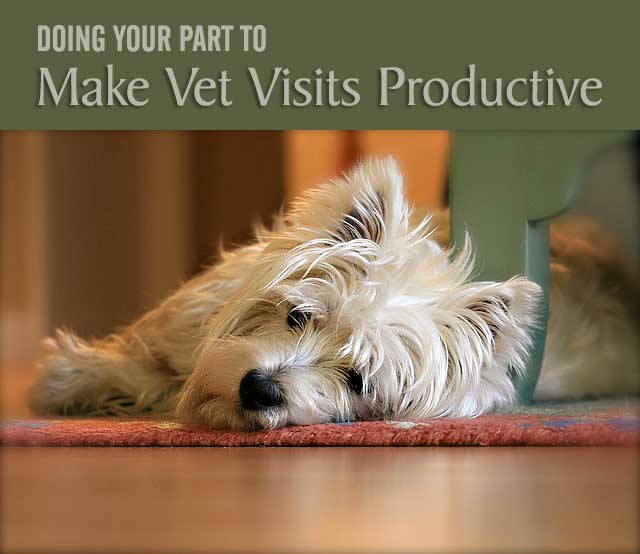
 Haley’s gone Christmas tree shopping with us every year since she was born. When we bring the tree back home, she waits to grab one of the trimmed branches from the bottom of the tree then prances around the yard like a reindeer with her evergreen trophy before settling down to chew on the branch for a few minutes.
Haley’s gone Christmas tree shopping with us every year since she was born. When we bring the tree back home, she waits to grab one of the trimmed branches from the bottom of the tree then prances around the yard like a reindeer with her evergreen trophy before settling down to chew on the branch for a few minutes.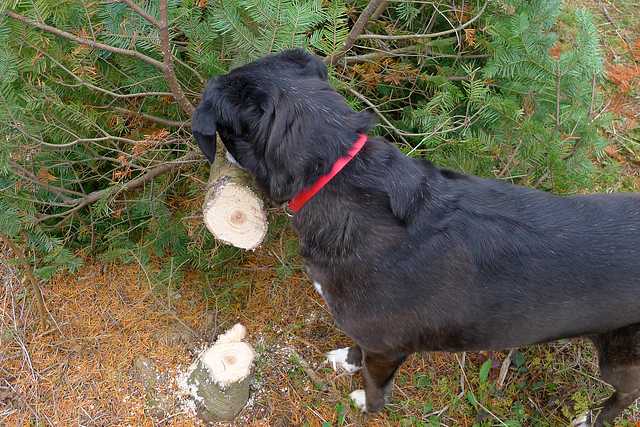 I’ve never noticed a problem with Haley after she’s carried the branches around and chewed on them a little bit but maybe she’s a tough dog or I didn’t notice a very minor issue because I was busy decorating the tree. She’s never tried to drink the water or eat any of the lights or ornaments, but many dogs do ingest all sorts of non-edible things. A bigger concern for Haley is the fact that she has allergies and her symptoms have intensified as she’s gotten older. Over the past few years I’ve noticed a slight increase in her allergy symptoms around Christmastime, so as much as I love having a live Christmas tree, next year we might have to consider buying our first artificial tree.
I’ve never noticed a problem with Haley after she’s carried the branches around and chewed on them a little bit but maybe she’s a tough dog or I didn’t notice a very minor issue because I was busy decorating the tree. She’s never tried to drink the water or eat any of the lights or ornaments, but many dogs do ingest all sorts of non-edible things. A bigger concern for Haley is the fact that she has allergies and her symptoms have intensified as she’s gotten older. Over the past few years I’ve noticed a slight increase in her allergy symptoms around Christmastime, so as much as I love having a live Christmas tree, next year we might have to consider buying our first artificial tree. The holidays are such a busy time of the year and it’s not exactly festive to be focusing on safety hazards, but it’s smart to keep a watchful eye on your dog while you celebrate with your family. Whether it’s the tree itself or your pup tearing into a wrapped food gift from under the tree, our pups sometimes get themselves into a little mischief during this time of year. Let’s keep our dogs happy and healthy this holiday season!
The holidays are such a busy time of the year and it’s not exactly festive to be focusing on safety hazards, but it’s smart to keep a watchful eye on your dog while you celebrate with your family. Whether it’s the tree itself or your pup tearing into a wrapped food gift from under the tree, our pups sometimes get themselves into a little mischief during this time of year. Let’s keep our dogs happy and healthy this holiday season!

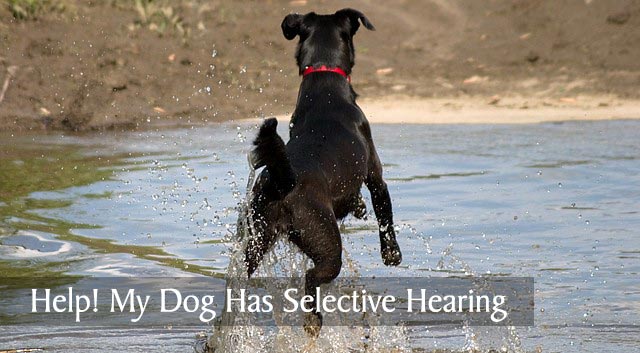 It’s fairly common to hear dog owners complain that their pup listens at home but not when they’re away from home or they might claim that their dog is stubborn, strong-willed or just plain dumb because he doesn’t always listen or follow commands. They say their dog has selective hearing.
It’s fairly common to hear dog owners complain that their pup listens at home but not when they’re away from home or they might claim that their dog is stubborn, strong-willed or just plain dumb because he doesn’t always listen or follow commands. They say their dog has selective hearing. These are just a few examples of how you can train for the three D’s but you’ll want to customize your training for whatever issues your pup might need to work on. Training for distance, duration and distractions isn’t hard, it’s just that most of us don’t really think about it until we’re in one of those situations I mentioned earlier. Here are some helpful tips as you get started on the three D’s.
These are just a few examples of how you can train for the three D’s but you’ll want to customize your training for whatever issues your pup might need to work on. Training for distance, duration and distractions isn’t hard, it’s just that most of us don’t really think about it until we’re in one of those situations I mentioned earlier. Here are some helpful tips as you get started on the three D’s.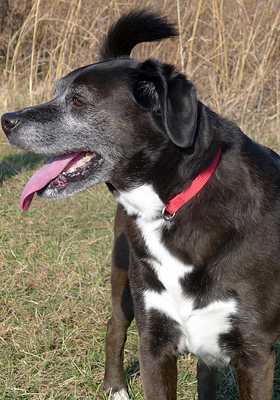 It’s wonderful if your dog listens to you while at home, but it’s even better if you can take him anywhere and know that he’ll listen and be well behaved in any environment. If you think your dog has selective hearing, maybe a little work on the three D’s is all he needs. Haley’s pretty good at distance and duration, but she needs some work with distractions. Yes, it seems there’s always something to be worked on when it comes to dog training.
It’s wonderful if your dog listens to you while at home, but it’s even better if you can take him anywhere and know that he’ll listen and be well behaved in any environment. If you think your dog has selective hearing, maybe a little work on the three D’s is all he needs. Haley’s pretty good at distance and duration, but she needs some work with distractions. Yes, it seems there’s always something to be worked on when it comes to dog training.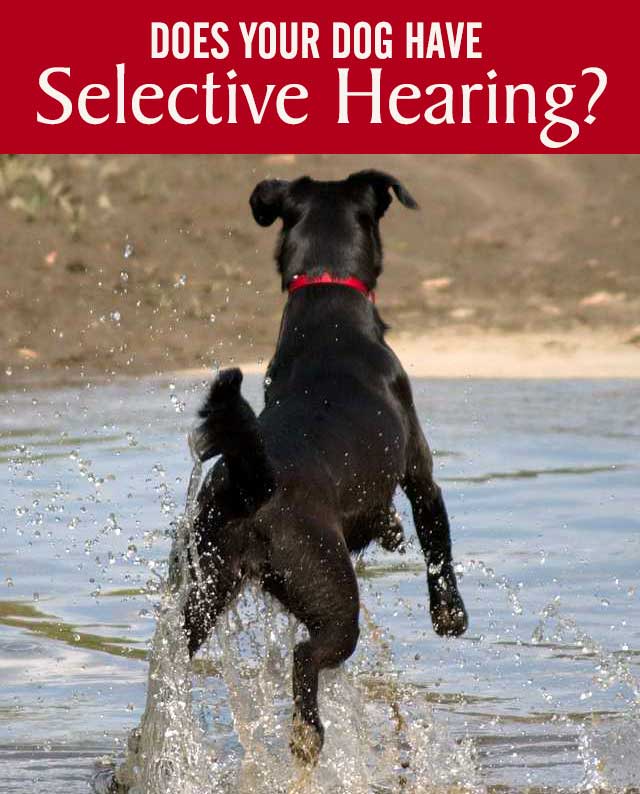
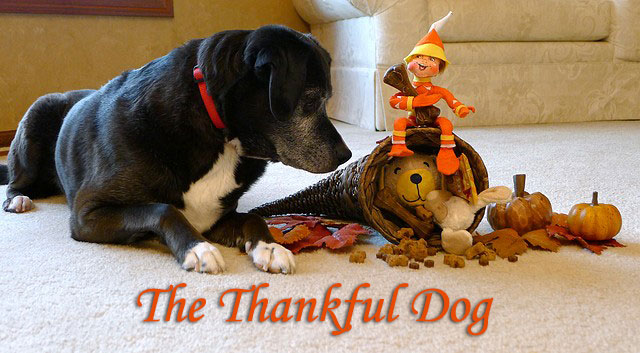 A thanksgiving tradition for many families is to take turns mentioning what each person is thankful for. When Haley’s hovering around the table, hoping for a charitable donation from a pet-loving pilgrim, I often wonder what she might say she’s thankful for. Maybe it would be something like this.
A thanksgiving tradition for many families is to take turns mentioning what each person is thankful for. When Haley’s hovering around the table, hoping for a charitable donation from a pet-loving pilgrim, I often wonder what she might say she’s thankful for. Maybe it would be something like this.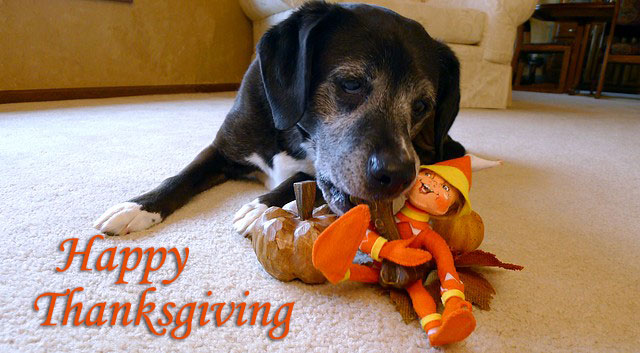
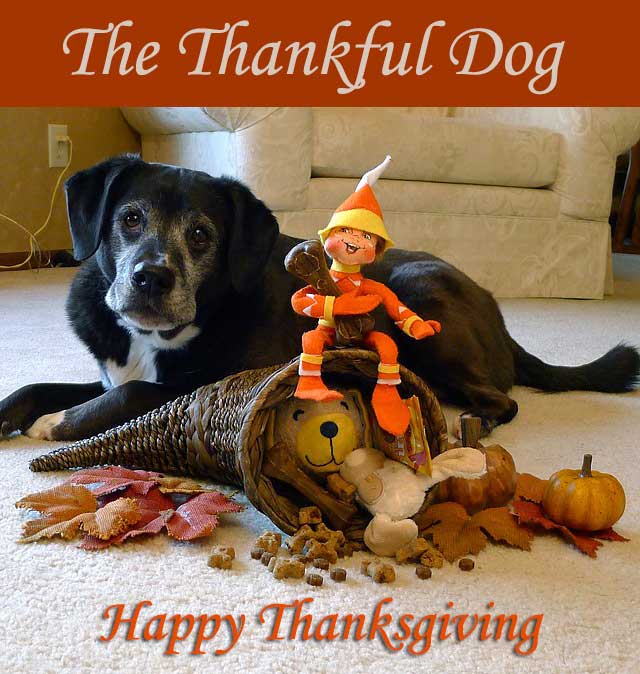
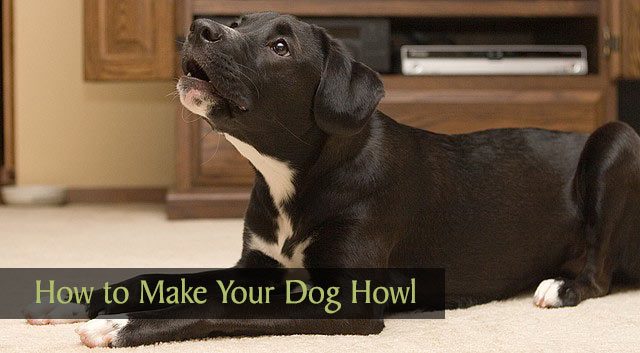 I’m sure I’m not the only person who’s howled at my dog, hoping she would join in and howl along with me, right? Some of you might have dogs that like to howl, like scent hounds or wolf-like dogs such as huskies, but Haley’s not one of those dogs. No matter how much I sacrifice my self-respect in attempts to get her to join me, she’s not having it. She barks, she whines, she yips, she yawns, but…no howl, no way! [pardon the pun]
I’m sure I’m not the only person who’s howled at my dog, hoping she would join in and howl along with me, right? Some of you might have dogs that like to howl, like scent hounds or wolf-like dogs such as huskies, but Haley’s not one of those dogs. No matter how much I sacrifice my self-respect in attempts to get her to join me, she’s not having it. She barks, she whines, she yips, she yawns, but…no howl, no way! [pardon the pun] The last idea was the only one that worked for Haley. She tries really hard but either she needs some howling lessons or I could use some of your suggestions. I’d love to hear her howl again, so share your secrets for how you make your dog howl.
The last idea was the only one that worked for Haley. She tries really hard but either she needs some howling lessons or I could use some of your suggestions. I’d love to hear her howl again, so share your secrets for how you make your dog howl.
